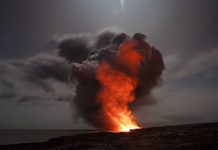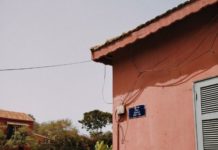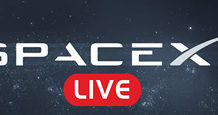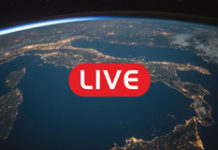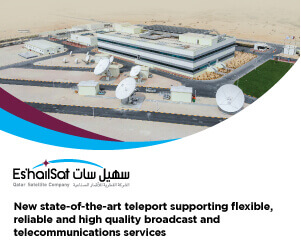WASHINGTON — Cesium Astro, a startup building advanced antennas and communications systems for satellites, raised $12.4 million in a Series A round led by Airbus’ venture capital arm Airbus Ventures.
Honeywell Ventures also participated in the round alongside Analog Devices Ventures, Franklin Venture Partners, Kleiner Perkins and Lavrock Ventures, the startup said March 13.
Based in Austin, Texas, Cesium Astro formed in 2017 and has raised just over $14 million to date, Founder and CEO Shey Sabripour said in an interview.
Sabripour, a former spacecraft design engineer at Lockheed Martin, said his company has secured rides to space for demonstration phased array antenna systems, and anticipates testing them in orbit in roughly a year.
Breakthroughs in phased array antennas have become a major focus for satellite ground equipment as a means to connect to multiple satellites at once, but in-space use of such antennas is also getting more attention. Boeing has described the payload for SES’s future O3b mPower system as using a “highly integrated electronics phased-array payload system.” Eutelsat’s upcoming Quantum satellite that Airbus Defence and Space is building includes an onboard phased array to reshape communications beams, enabling adjustments to their size, shape, power and location.
Satellite broadband customers like airlines and cruise ships have compelled satellite operators to design spacecraft with responsive capacity that can move with traffic.
“With traditional fixed beam satellites, the power that goes through a channel is fixed, regardless of if someone is using it or not,” Sabripour said. “You are still illuminating that part of the Earth with capacity that you paid a lot of money to get in orbit. With phased arrays that power can be distributed to dynamically to where customers are.”
Cesium Astro is building onboard spacecraft antennas and full spacecraft payloads that it can sell at “an order of magnitude” below other phased array systems, he said.
The first frequencies it will focus on are Ku-, Ka, and S-band, he said, followed by L-band, X-band and the largely unused frequencies above Ka-band where satellite operators are just beginning to invest in new technologies.
Sabripour said Cesium Astro’s antennas can go on Earth-observation satellites to enable uplink and downlink for imagery and other data. Drones can also use Cesium Astro’s technology for communications, he said.
Cesium Astro customers include NASA, the U.S. Missile Defense Agency, the U.S. Navy, the Defense Advanced Research Projects Agency and Northrop Grumman. Sabripour said the company aims to sell antennas and payload technology to satellite manufacturers and operators.
With its new funding, Sabripour said Cesium Astro plans to increase its headcount from 12 people to between 35 and 45 by the second quarter of 2020.

